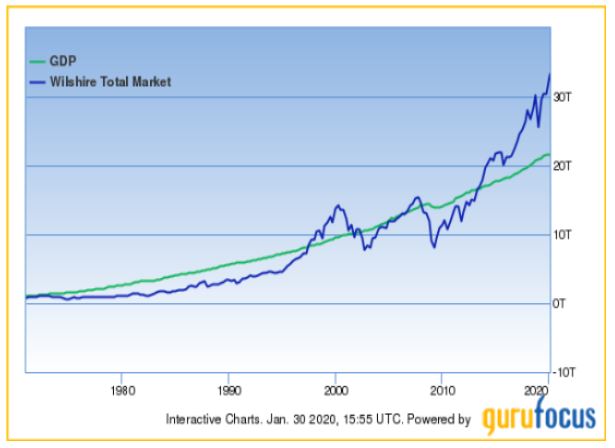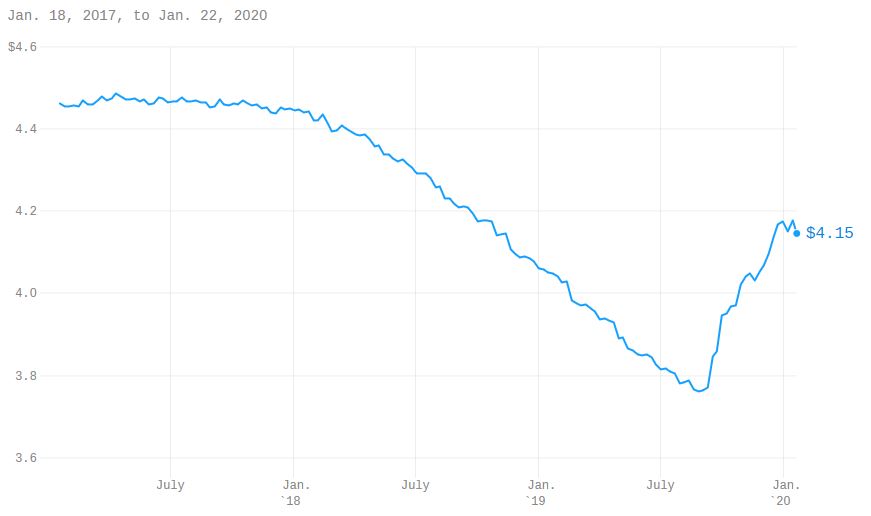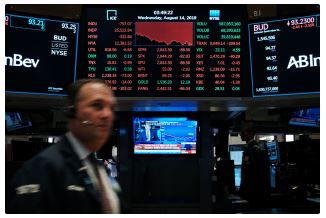What’s in Today’s Report:
- What the Wuhan Coronavirus Means for Markets
S&P 500 futures rallied to new record highs overnight amid easing concerns over the deadly virus outbreak in China that weighed on risk assets Tuesday.
Chinese health officials announced plans to both screen for, and contain the Wuhan coronavirus which helped reduce fears that a SARS-like epidemic is developing.
Today, there are a few different potential catalysts for the market that warrant watching. First, there are two economic reports on the housing market: FHFA House Price Index (E: 0.3%) and Existing Home Sales (E: 5.430M) which should show a continued rebound in the sector into the end of 2019.
Second, earnings season is in full swing and investors will continue to sift through the releases closely. Notable corporations reporting today include: JNJ ($1.87), ABT ($0.95), ALLY ($0.95), TXN ($1.02), KMI ($0.26), LVS ($0.80), and RJF ($1.90).
Lastly, any new developments on the spread, or containment of, the Wuhan coronavirus will likely get a reaction from markets as it was the primary focus of traders across asset classes yesterday.




